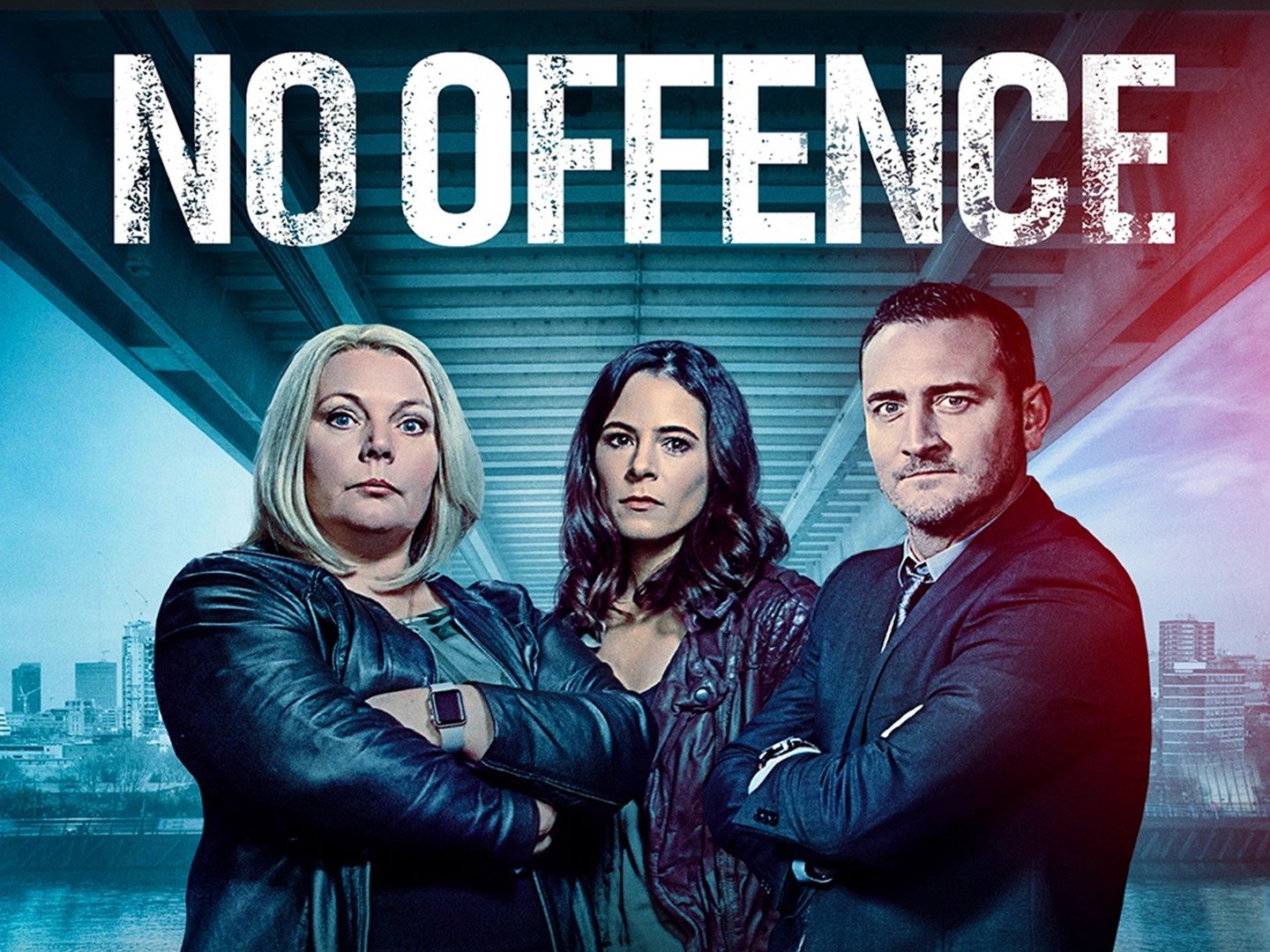“Hypodermic Needle” Theory:
After the end of WWII, social science researchers began to investigate the way in which communication, and political communication, was used to spread propaganda. The number of TV licences shot up from 763,000 in 1951 to 3.2 million in 1954.
Harold Lasswell developed a theoretical tool of ‘content analysis’ which explores the effects of media consumption. In 1927 he wrote a book called Propaganda Technique in the World War which highlighted ‘subtle poison, which industrious men injected into the veins of a staggering people until the smashing powers . . . knocked them into submission’ As Martin Moore notes, Lasswell, as a behavioural scientist researching areas connected with political communication and propaganda, believed each government had ‘manipulated the mass media in order to justify its actions’ in World War 1 (2019:122).
Quotations: Propaganda Technique in the World War
- “A means is anything that the propagandist can manipulate; a condition is anything to which he must adapt”
- “The achievements of propaganda are affected by the traditional prejudices of the nation and of each constituent group.”
In 1948 he developed the ‘Linear model of communication’ that breaks down the line of communication.
which goes: SENDER —> MESSAGE —> MEDIUM —> RECIEVER —> FEEDBACK
However, what has been intended and what has been received could be completely different. This was adapted by Shannon and Weaver in 1949 which included other elements, such as NOISE ERROR, ENCODING and FEEDBACK. This highlights the process of sending and receiving a message is NOT clear-cut, predictable or reliable and is dependent on a range of other factors that need to be taken into consideration.
Two Step Flow of Communication (active consumption)
In 1948 Paul Lazerfeld developed the ‘two step flow‘ model of communication which talked about how mediated messages are not directly injected into the audience, whilst also going through Shannon and Weavers elements, he identified that message are also passed through opinion leaders (celebrities, influencers) who interpret the message first and then relay it to the audience, in hopes that the audience would have grown due to fan culture. Examples of this are: going to see a mobie just because you lobe the actor playing the main role. Buying a certain brand/cosmetic because your favourite celebrity ‘uses’ it. As Martin Moore suggests, ‘people’s political views are not, as contemporaries thought, much changed by what they read or heard in the media. Voters were far more influenced by their friends, their families and their colleagues’ This suggests that the audience are ACTIVE (audience consumption is based on consideration of what others think) AND NOT PASSIVE
Uses and Gratifications (active selection)
The distinction in this approach is rather than categorising the audience as passive consumers of messages, either directly from source, or from opinion leaders, this theory recognises the decision making process of the audience themselves. Elihu Katz developed the theory of uses and gratifications which is different to the other theories. In essence, individuals sought particular pleasures, uses and gratifications from individual media texts, which can be categorised as:
- information / education
- empathy and identity
- social interaction
- entertainment
- escapism
Or categorised as: diversion, personal relationships, personal identity and surveillance.
Personal needs:
- understanding self
- enjoyment
- escapism
Social needs:
- knowledge about the world
- self confidence/esteem and stability
- strengthen connections with friends/family







